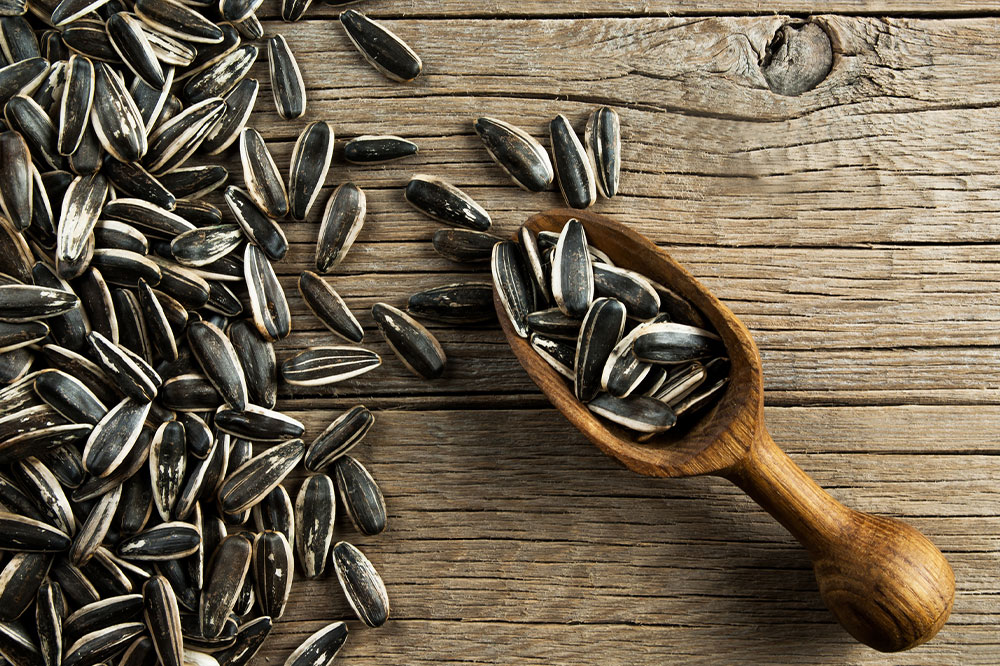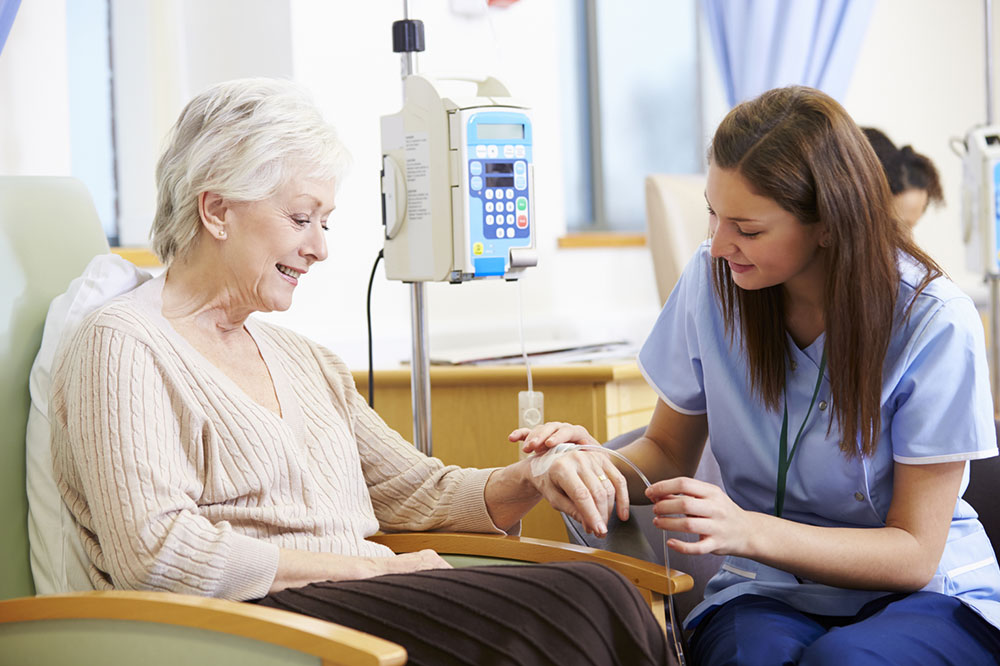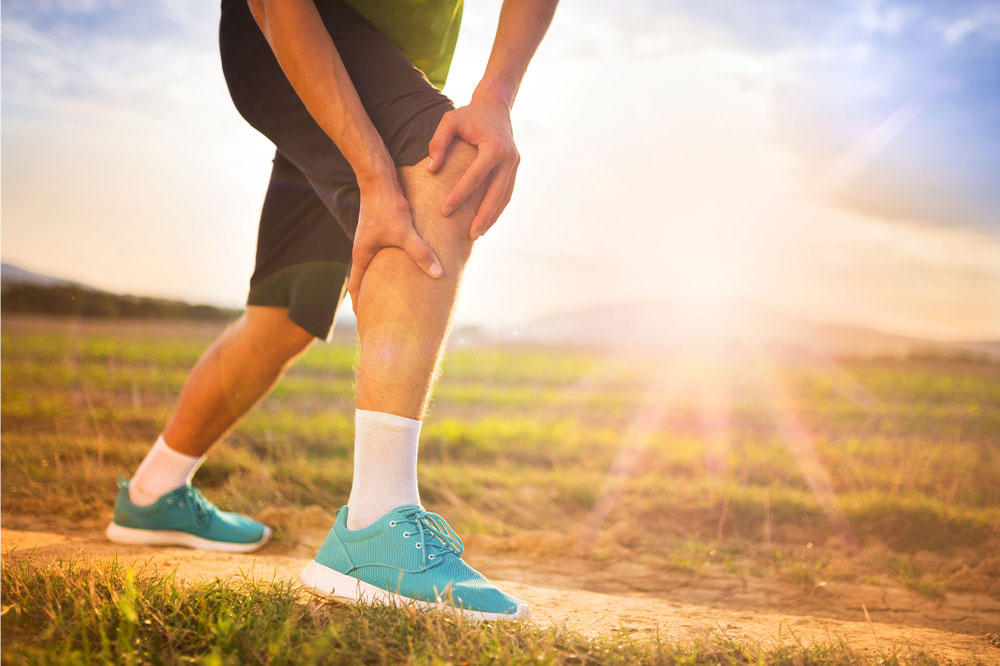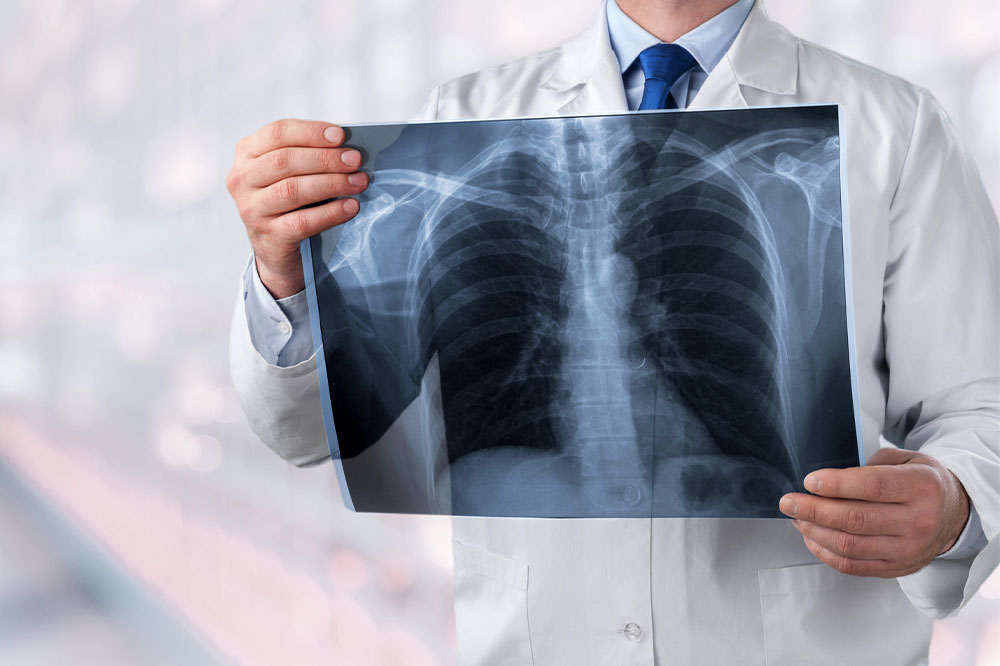10 foods that actively improve fertility
Reproduction is a complicated process. Men and women must equally be healthy and fertile to start the process of conception from a single-cell embryo to a fully grown baby. That said, daily nutrition and lifestyle choices also impact an individual’s fertility process, blood flow, gut, and overall health. So, nutritionists recommend including certain fertility-boosting foods that increase the chances of getting pregnant. Here are ten superfoods to try and achieve successful conception. Pineapple Several studies are indicative of the benefits of eating raw pineapple. It is rich in vitamin C and bromelain, a plant compound that counters inflammation that affects fertility and prevents the body from suppressing ovulation. Eggs Egg yolks contain omega-3 fatty acids, a compound that promotes anti-inflammatory responses in the body. In addition, eggs are loaded with iron, calcium, vitamin B, zinc, and other fertility-enhancing nutrients. Citrus-rich fruits Oranges and grapefruits are the two most potent vitamin C-rich fruits that also boast potassium, calcium, and B vitamins content. The nutrients help regulate ovulation, create a suitable environment for the eggs, and increase sperm production. Pomegranates Studies done on men to test sperm motility showed the group that included pomegranates or its extract in daily meal plans had better chances of producing sperm that can conceive.
Read More 









